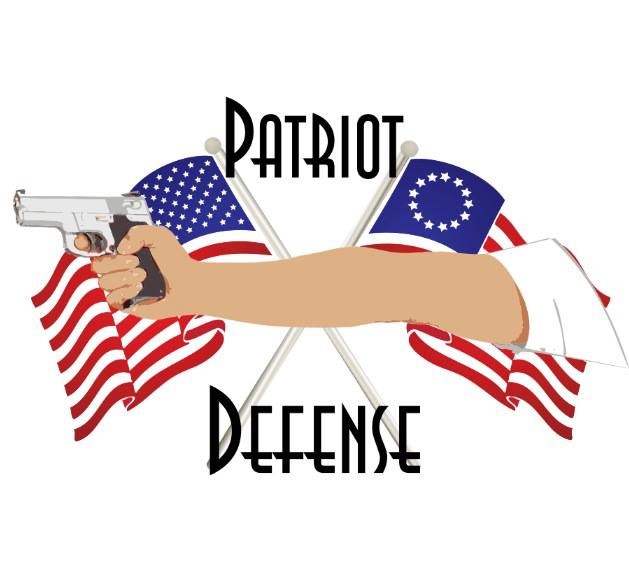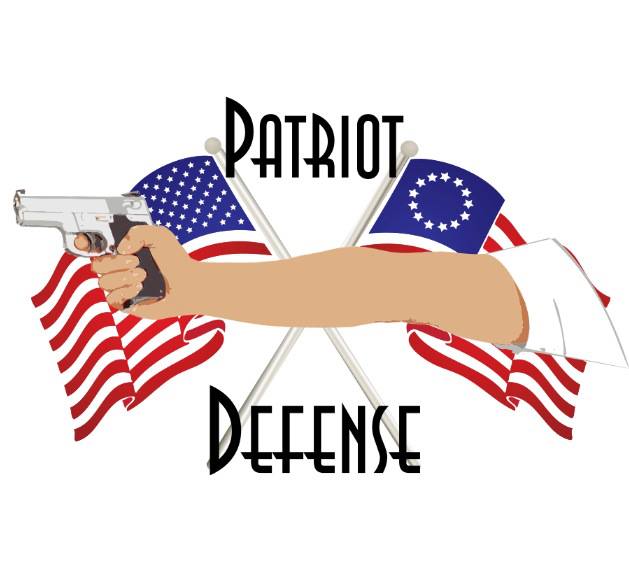
“Big vs Small”
The evolution of handguns is interesting to watch. You have full-size frames, competition size models and then compact, subcompact and do not forget the snub nose revolvers of the old time detective shows. And then you have the other variations such as double stack, single stack, and then the models that you can change from full-size to compact with just the addition of a longer magazine and a magazine spacer. There are so many options in the firearms world right now it is easy to find exactly the right one to fit you. But with all the variations in firearms comes pros and cons from one style to another.
Large framed or full-size pistols can be easier to shoot but more of a challenge to conceal. Smaller handguns are easier to conceal and more comfortable to carry, but can be harder to shoot accurately with more recoil and horrible sometimes nonexistent sights.
I have so many new shooters come through my class sporting the latest and the greatest small guns that were sold to them due to the fact that they were small and easy to carry when in reality they usually have terrible triggers and are hard to shoot effectively. Take for example even smaller calibers such as .380 or 9mm, these small pocket pistols can be horribly snappy and a bear to shoot often discouraging new shooters and causing a horrible flinch response that is difficult to train past—but their appeal is that they are easier to carry. They take away a good part of the hassle that comes with trying to dress around a gun and conceal it properly. But like with every gun you need to train with it and make sure it will perform and do the things that you need it to do. You need to understand that small guns perform best when used up close at short distances. If you look back and study past shootings, you may need a gun that you can confidently shoot out to 50ft if you had to. Can you do that with your Ruger LCP or your DB9? How confident are you in your ability and the ability of your chosen carry gun?
Now we get to talk about the guns that I prefer. Large full framed combat style handguns. These do come with their own set of drawbacks. They are harder to conceal and can be a little uncomfortable to carry. Like the great Clint Smith said “Carrying a gun is not supposed to be comfortable; it’s supposed to be comforting.” A larger gun is easier to shoot and holds more rounds. With a larger gun, longer shots are made easier with less room for error. But I am still advocating for training, nothing can be successful without practice.
What it boils down to is you need to choose what is best for you and figure out what pros and cons you can deal with. Whatever you decide you need to make sure you practice. You need to train with the gun you are going to carry and with the holster you are going to use with it, and from the position in which you will carry. You need to find out if everything is going to work for you like it should. If it does not, you need to find that out on the range and not in a defensive confrontation where lives are on the line. You need to train until you fail and then work past it. But more importantly train, train. train.
